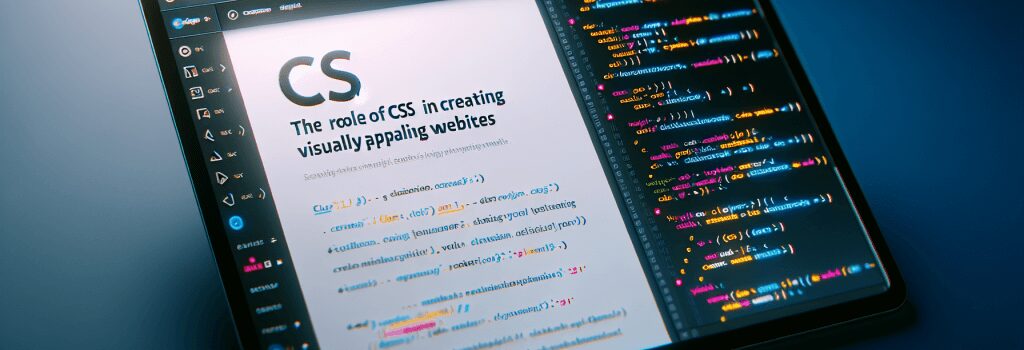The Role of CSS in Creating Visually Appealing Websites

Creating visually appealing websites is a crucial aspect of web development that not only attracts users but also keeps them engaged. One of the fundamental technologies behind the aesthetics of any website is Cascading Style Sheets, commonly known as CSS. This powerful style sheet language is used to control the layout and presentation of web pages, playing a pivotal role in web design. In this article, we will delve into how CSS contributes to creating visually appealing websites, highlighting its importance and versatility.
Understanding the Impact of CSS on Web Design
CSS is a cornerstone technology of the World Wide Web, alongside HTML and JavaScript. While HTML is used to structure content, CSS comes into play to style this structured content. This includes aspects such as colors, fonts, and layout, which are essential in making websites visually attractive and user-friendly.
The Flexibility of CSS Layout Techniques
One of the significant advantages of CSS is its flexibility in layout design. Traditional table-based layouts are not only rigid but also complex to manage, especially for responsive designs. CSS offers various layout techniques such as Flexbox and Grid, which provide developers with the tools to create complex layouts that are both responsive and easy to maintain. Flexbox is ideal for one-dimensional layouts, whereas Grid is suited for two-dimensional layouts, allowing for precise placement of content and design elements on a page.
Enhancing User Experience with Responsive Design
In the age of mobile technology, responsive design has become a necessity. CSS plays a crucial role in making websites responsive, ensuring that they look great and function well on devices of all sizes. Media queries are a powerful feature of CSS that allows content to adapt to different screen sizes, resolutions, and orientations. This adaptability enhances the user experience, making websites accessible and enjoyable for everyone, regardless of the device used.
Adding Animations and Transitions for Interactive Websites
CSS is not just about static design; it also brings websites to life with animations and transitions. These dynamic effects can create a more engaging and interactive experience for users. From simple hover effects to complex animations, CSS provides a wide range of possibilities to enhance the visual appeal and interactivity of websites without compromising their performance.
Best Practices for Implementing CSS in Web Development
To maximize the benefits of CSS in web development, it is essential to follow best practices.
– Organize and structure CSS efficiently: Use comments, consistent naming conventions, and organize styles logically. Consider methodologies like BEM (Block Element Modifier) for maintaining large stylesheets.
– Optimize for performance: Minimize the use of expensive CSS properties that can lead to repaints and reflows, impacting the website’s performance. Use tools to compress and concatenate CSS files, reducing load times.
– Ensure cross-browser compatibility: Test CSS implementations across different browsers and devices to ensure consistent appearance and functionality. Use vendor prefixes and fallbacks when using newer CSS features.
– Adopt a mobile-first approach: Design with mobile devices in mind first, then scale up to larger screens. This approach prioritizes performance and user experience for the most constrained environment.
In conclusion, CSS is an indispensable tool in the arsenal of web developers aimed at creating visually appealing websites. Its capabilities extend beyond mere aesthetics, contributing to responsive design, user experience, and interactivity. By following best practices and continuously exploring the evolving landscape of CSS, developers can leverage its full potential to craft beautiful, efficient, and accessible web experiences.


